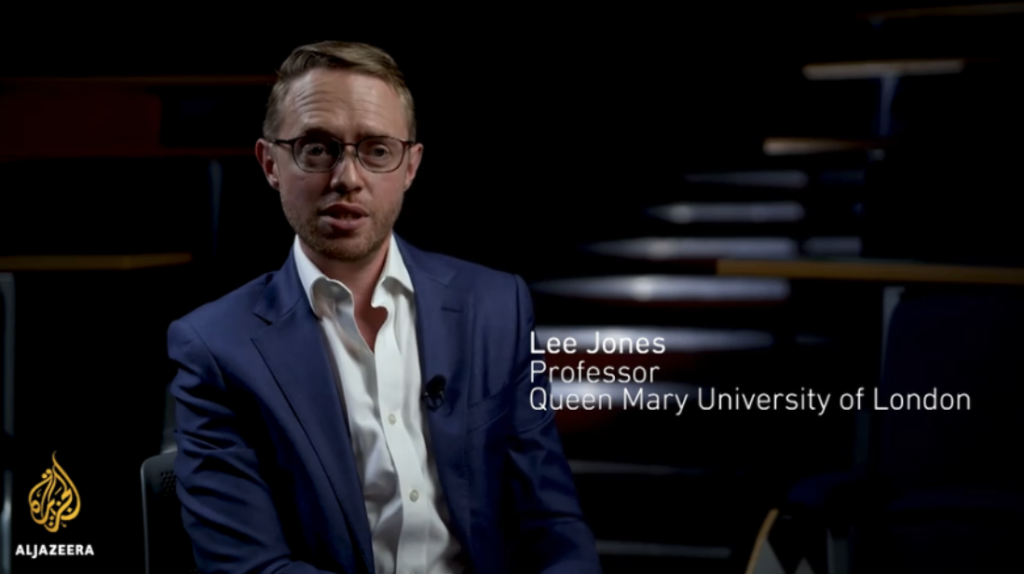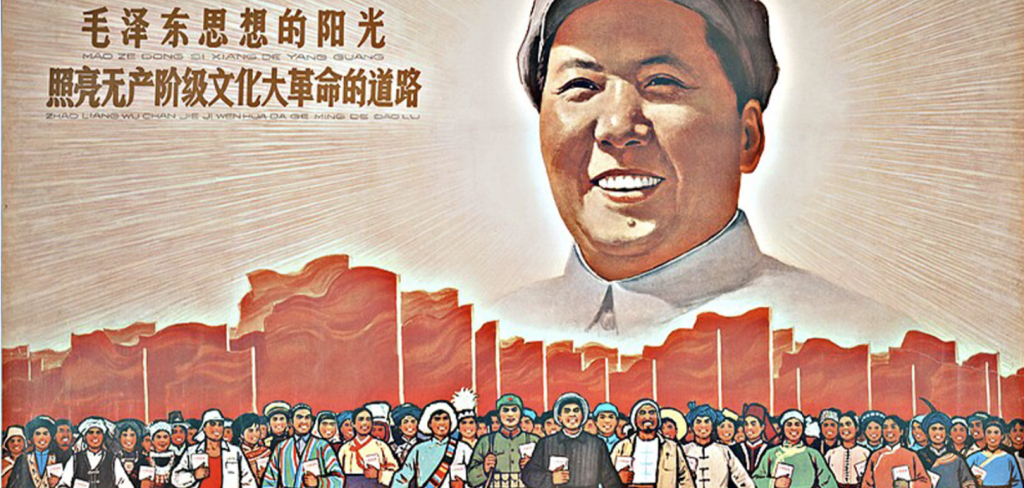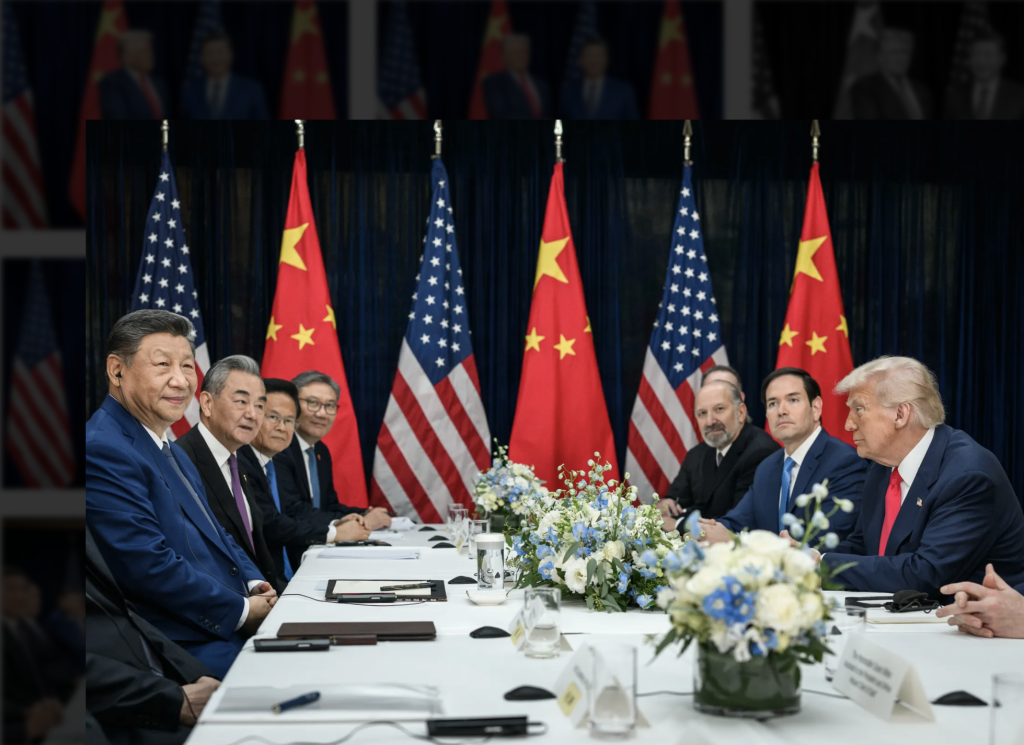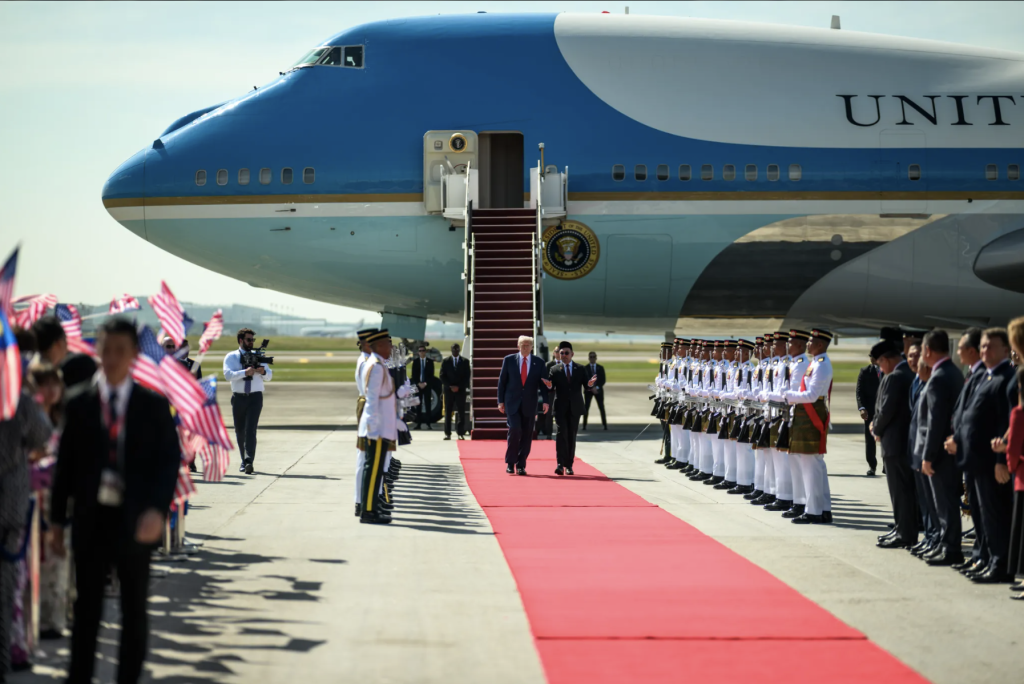China’s ‘Moonlight’ Generation Puts Tomorrow’s Growth On Credit
China’s hopes that consumer spending can become its new growth engine have taken a few dents in 2016, but a new generation of overspenders might give the economy a shot in the arm, even as they stretch their own resources to breaking point.
A young, middle-class and tech-savvy cohort dubbed the ‘moonlight generation’ – because their banks accounts are light at the end of the month – are turning their backs on the cautious ways of their hard-saving parents and embracing credit.
That is welcome news to Beijing policymakers, who last month urged lenders to open the taps for shoppers after economic growth slipped to its slowest pace in 25 years, retailers reported signs of stress and bloated industries prepared for a wave of redundancies.
It’s also good news for Simon Loong, founder and chief executive of online lending platform WeLab, which he said has 3.2 million users in China.
“The consumption behavior of millennials is quite different; they more are looking for instant gratification,” he said, adding that longer-term financial planning took a back seat.
Policymakers are trying to deepen the level of access to credit similar to what took place in the United States 100 years ago, said China-focused investment strategist Andy Rothman, referring to a U.S. credit-driven consumption boom in the 1900s.
“These things are great, but need to be done in a careful and deliberate way, because we’ve seen in the U.S. if you don’t do that then these things can be abused and create problems.”
Relative to income levels, household debt has already reached nearly 60 percent, up from 35 percent in 2007, according to the Institute of International Finance.
Tian Xue, 27, who works at a state-owned firm in Shanghai and considers herself part of the moonlight demographic, can see problems building up for some of her peers.
“I think a lot of people end up spending more than they can really afford, just without thinking about it,” she said.
Tian, who lives with her parents, keeps her money online in digital “wallets”, which typically have sister platforms offering credit.
She said she often spends around 20-30,000 yuan ($3,100-4,600) in a month, well above her income of around 6,000 yuan.
LAX REGULATION
A widening array of funding options are available to young shoppers like Tian – traditional credit cards, peer-to-peer loans and credit platforms offered by e-commerce companies such as Alibaba Group Holding Ltd (BABA.N) and JD.com Inc (JD.O).
“When I use (Alibaba’s) Taobao, it just pops up, telling me that I can pay with Ant Check Later,” said Pang Yu, a 25-year-old railway ticket inspector in Beijing.
She uses the Alibaba-linked platform, which allows shoppers to pay for purchases the following month, along with her credit cards, to run up sometimes as much as 20,000 yuan a month in debt, more than she and her partner earn.
Alibaba declined to comment for this story, while JD.com said it used big data to target consumers who have the ability to repay money quickly.
The Chinese still spend and borrow only about half the levels of U.S. consumers relative to GDP, and the most recent World Bank figures show it is still the world’s third-most prolific nation of savers, but things are changing fast.
Consumer borrowing hit nearly 20 trillion yuan in February, a threefold rise since 2010, and household debt relative to the economy has doubled since 2008 to nearly 40 percent.
Such rapid growth in a system where regulation is lax might pose risks that credit quality will suffer. Officials have already vowed to crack down on unregulated lending into the property market, for example, which is raising household debt and the risk of a property bubble.
The China Banking Regulatory Commission, which is responsible for financial regulation, did not return requests for comment on potential risks.
The levels of consumer debt still pale in comparison with total debt in the economy, which hit 250 percent of GDP in 2015, dominated by government and corporate debt.
Economists say China’s high savings rate – around 46 percent of GDP last year, according to the central bank governor – acts as a natural buffer to systemic shocks from consumer credit.
Which is an indirect way of saying that the moonlight generation’s long-suffering parents will probably bail them out when things go wrong, as they did for 26-year-old Ms Gong, a car saleswoman in Beijing.
She couldn’t pay back the 20,000 yuan she ran up on plastic last year to fund what she called “a necessary expenditure” – cosmetic surgery on her nose – so mum and dad stepped in.
She has no regrets.
“It was all worth it, and I look great.”
($1 = 6.4665 Chinese yuan renminbi)
By SUE-LIN WONG and ADAM JOURDAN Apr. 12, 2016 on Reuters
Read more here








